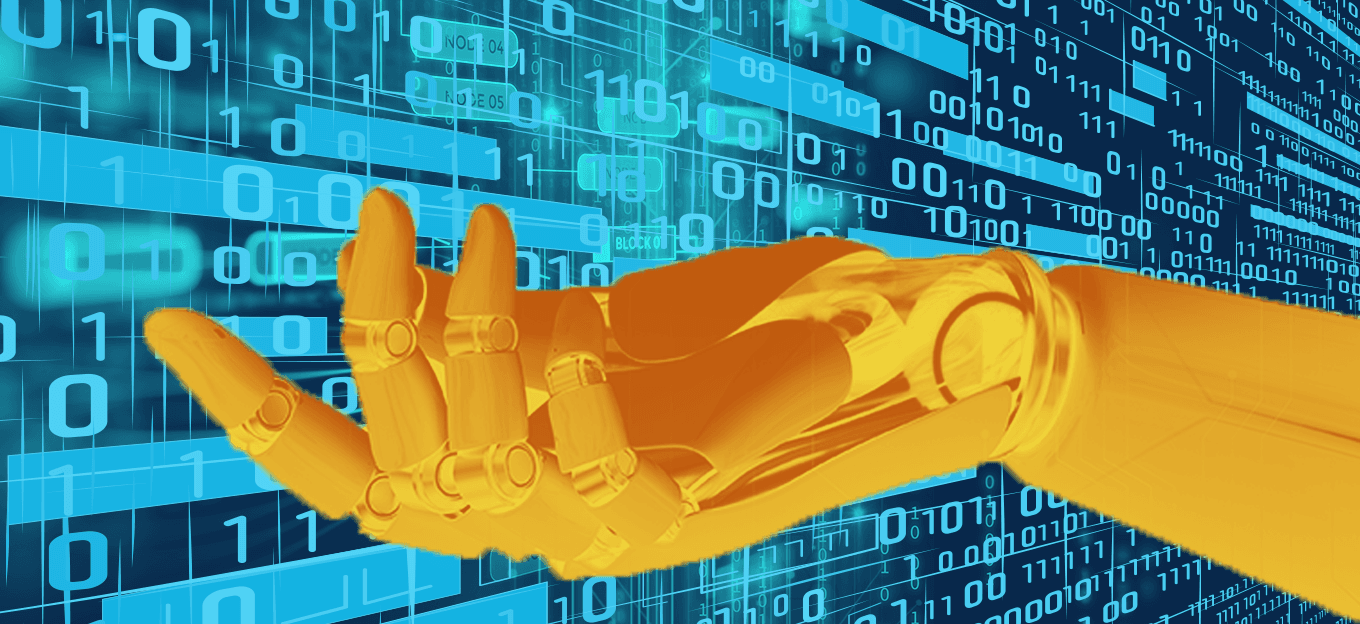The Ledger of Things: IoT and Distributed Ledger Technology
The Ledger of Things: IoT and Distributed Ledger Technology
- Last Updated: December 2, 2024
Guest Writer
- Last Updated: December 2, 2024



IoT is allowing us to connect the physical world to the digital world. By the end of 2020, there will be about 31 billion IoT devices installed worldwide. Many of us already interact with IoT devices daily, such as when we glance at our smartwatches to see how many steps we have taken, ask our home to turn up the temperature or have our cars drive us to work.
What is a little less obvious to most of us is IoT's role in making businesses more efficient. It plays a big role in improving customer experiences in stores, controlling the inventory flow in warehouses, and inspecting the pipelines that deliver natural gas to our houses.
New Dawn
We have only scratched the surface in terms of how IoT will change our world. New 5G and low earth orbit powered networks that are faster, more ubiquitous, less expensive, and feature much lower latency are becoming available. This improved network capability will be paired with better battery technology, improved sensor and actuator technology, and new software technology.
When paired with a trusted digital ledger, IoT can establish collective confidence in the status of things to improve business efficiency, automation, and innovation.
The software stack that powers most of today’s IoT systems is quite remarkable. One common configuration is when data collected from the IoT device is preprocessed by an edge gateway that might filter the data or even initiate a response based on a predetermined threshold. The filtered data is then transmitted across a network to an internet gateway where a specialized database ingests it and is processed by business logic, including workflow, artificial intelligence, simulation, and analytics.
Trust as a Facilitator
There's a critical component missing from this software stack that limits IoT’s potential to impact the world expansively, and that is trust. When paired with a trusted digital ledger, IoT can establish collective confidence in the status of things. This may seem like a simple idea, but it is, in fact, very profound. If we can ledger IoT data to a trusted common database and process that data with business logic that is shared, and in which many companies can have collective confidence, then we open the door to dramatically improving efficiency, automation, and innovation across the economy as well as providing a basis for completely new business models.
Consider a supply chain where a pharmaceutical company is shipping containers of a vaccine across the ocean to a buyer. A shipment status will continuously change and involve many modalities in custody as it moves from manufacturing to export, and transit to import to ultimately unloading and placement on shelves in a pharmacy.
When the shipment is instrumented with IoT sensors, all parties can know where the shipment is, who has custody of the shipment at any given moment, and if the shipment's temperature has exceeded the limit above which the vaccines would spoil. With this knowledge in hand, the buyer can know the arrival time with confidence and plan for handling. The customs agent can be assured the cargo has not been tampered with and speed import clearance. If the shipment temperature has exceeded the prescribed limit or — even worse — it is discovered that the vaccine is ineffective or dangerous, the buyer can immediately make backup plans to source replacement stock.
The finance side of the trade will also be substantially impacted. The buyer will be able to make incremental payments on milestones or changes in custody. This will inject much-needed liquidity into the supply chain. Penalties, predetermined in the service contract, can be applied for poor performance. The shipment can be financed and insured with much greater confidence as risk can be more accurately assessed, and policies can be managed with much greater efficiency. Assets in transit can be collateralized with lower risk and much lower exposure to fraud.
IoT and DLT
The net of all of this is that multiple businesses, representing many complementary aspects of bringing goods to market, will be able to coordinate their activities better and even automate substantial parts of a workflow. When combined with distributed ledger technology (DLT) and smart contract automation, the overall impact of IoT will be profound.
The “ledger of things,” upon which this new multi-business coordination is based, does need to have some special characteristics such as the ability to handle substantial transaction flows at a meager cost, the need to support the discreet privacy requirements inherent in most business transactions, the need to ensure compliance with regulations, and the need to be very developer-friendly to allow for easy customization of business logic.
Fortunately, just as IoT devices pass the 30 billion mark, next-generation DLT platforms are arriving on the market. These platforms feature a new architecture that is very well suited to the transaction dynamics needed to support IoT scenarios. The combination of IoT and next-generation DLT will completely transform multi-company transactions and business coordination, and in doing so, transform our world.
The Most Comprehensive IoT Newsletter for Enterprises
Showcasing the highest-quality content, resources, news, and insights from the world of the Internet of Things. Subscribe to remain informed and up-to-date.
New Podcast Episode

IoT and AI in 2026
Related Articles
Significance of Data Processing Services for an AI-Driven World
January 9, 2026

Logistics Operations Fly Blind Without IoT: How Real-Time Visibility and Asset Tracking Drive Control
December 11, 2025
Metadata Management: The Cornerstone of Modern Data Governance for OEMs and Enterprises
December 8, 2025



